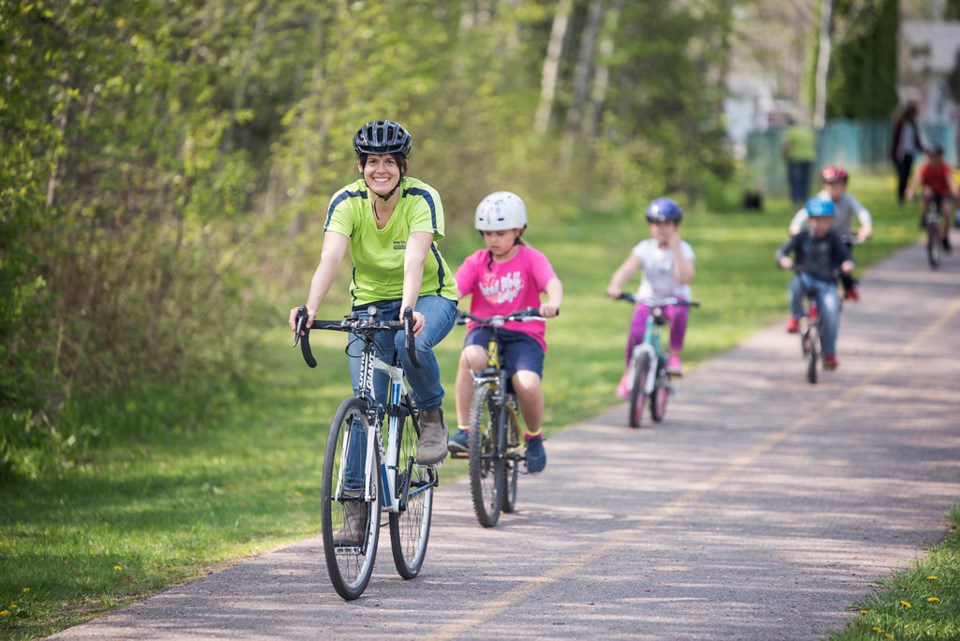THUNDER BAY – Thunder Bay’s city council has approved a plan to prioritize two new pedestrian-cyclist bridges that will better connect the Lakehead University and George Burke Park areas to the city’s active transportation network.
On Monday, city council approved a plan to apply for federal funding to support the projects, which are expected to cost around $600,000 all told. If the city’s application to Canada’s Active Transportation Fund were successful, it would cover up to 60 per cent of that.
One of the new bridges would span the McIntyre River near Lakehead’s Fieldhouse, connecting to a trail that runs behind the Deer Lake Ridge residence and leads toward Confederation College.
The second bridge would connect a trail running George Burke Park across the river to John Street, in the area of Bishop E.Q. Jennings school.
“These new connections promote safe active travel to school for students of Bishop EQ Jennings as well as Lakehead University and opportunities to reduce single- occupancy vehicle trips which reduces emissions and improves community health,” said Darrik Smith, the city’s mobility coordinator.
“More direct crossings help decrease trip duration, improve navigability of the [active transportation] network and the provision of safe crossings that improve access to education and healthcare facilities and result in improved mobility options for all network users.”
The bridges will also improve pedestrian and bike access to the Thunder Bay Regional Health Sciences Centre and between the River Terrace subdivision and John Street, the city indicated.
The bridges will use repurposed girders salvaged from the Edward Street Bridge when it was replaced last year.
That will save the city significant amounts of money, and reduce the carbon footprint of the new structures, Smith said.
The reduced emissions should also help the city’s submission, with applications scored in part on their climate impact.
Construction is expected to proceed in 2023 if the city is successful in securing funding. The city has budgeted $75,000 for design work in 2022, and had tentatively earmarked $500,000 in next year's budget.
City council unanimously endorsed making the funding application on Monday.
Coun. Shelby Ch’ng, however, questioned the decision to prioritize the projects over the long-discussed Vickers-Carrick Bridge, which would offer a coveted north-south cycling link in the intercity area.
That bridge would have been an even better candidate for Active Transportation Fund support, she implied. However, the project was delayed on a narrow council vote earlier this year while Mayor Bill Mauro pursues new talks with CN over whether the city can use an existing rail crossing nearby.
With a funding application deadline at the end of March, that will take the bridge out of the running for Active Transportation Fund dollars.
Ch’ng pressed Smith on whether the city would be applying for funding for Vickers-Carrick, if it had not relaunched talks with CN.
“It’s possible that would be the case,” Smith said. “It’s hard to extrapolate those types of answers. The Vickers-Carrick crossing is an important crossing.”
